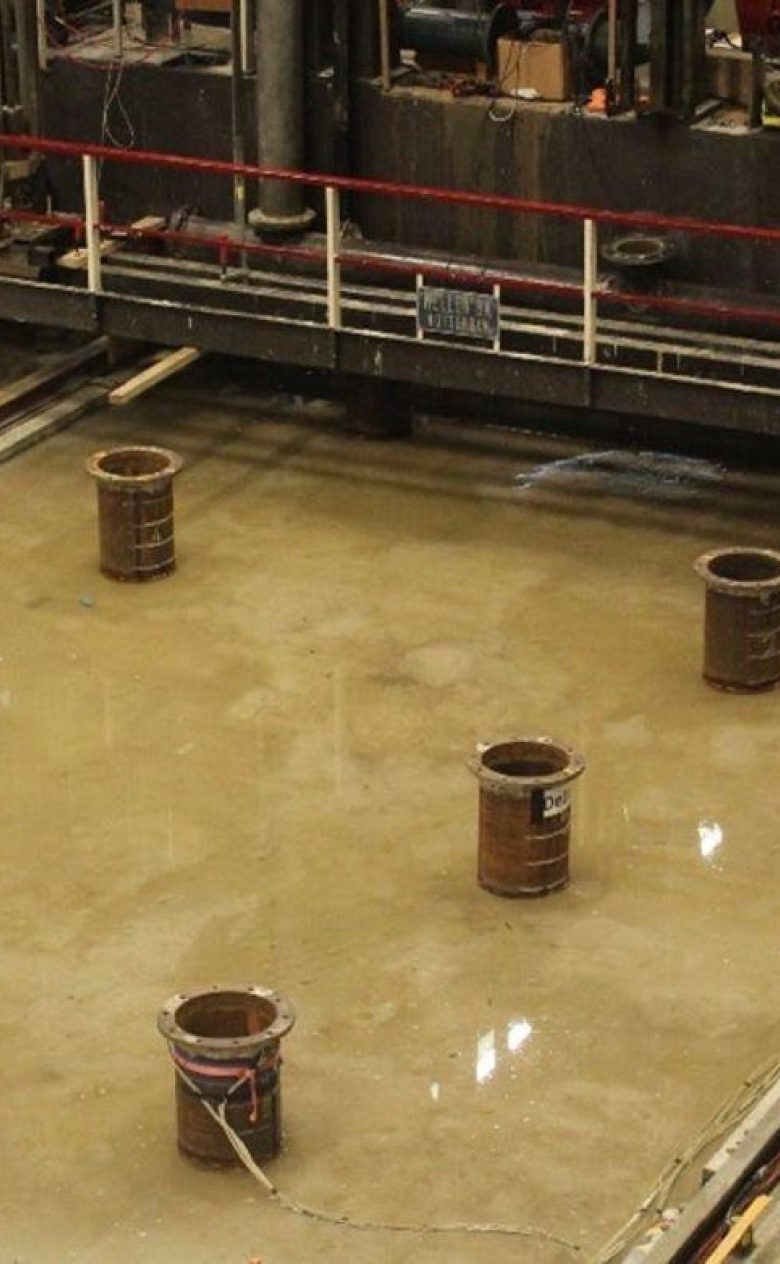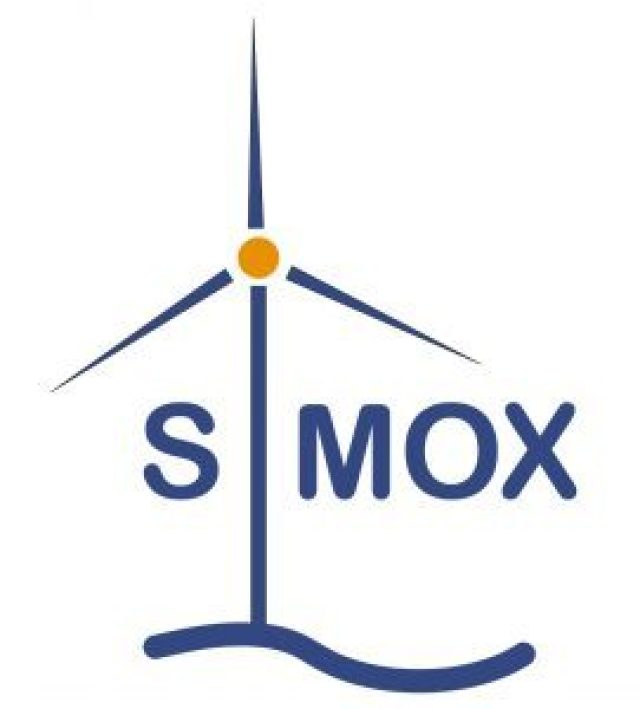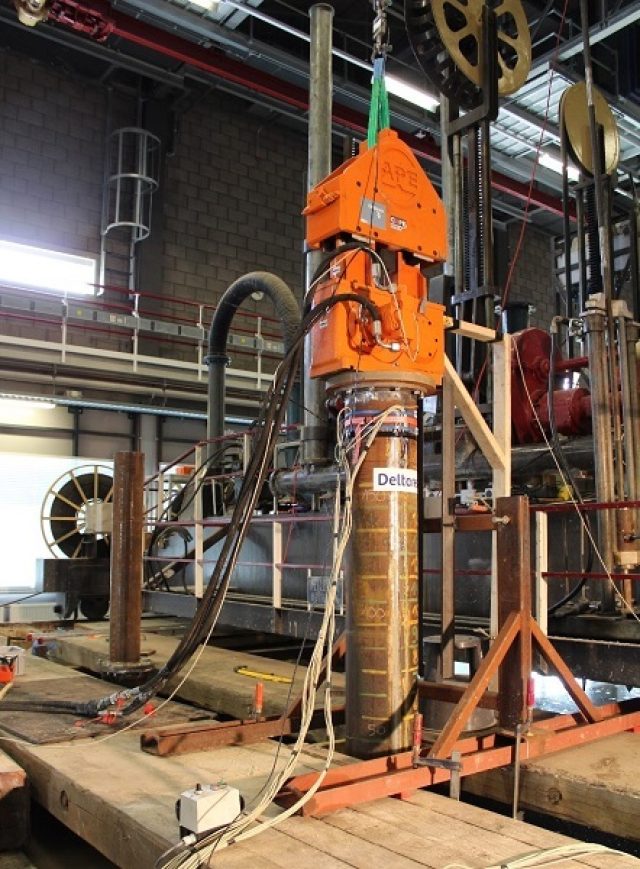Sustainable and low-cost installation of monopile foundations for future very large wind turbines
Within five years, the GROW research project SIMOX, Sustainable Installation of XXL Monopiles, aims to have innovative technologies for the installation of large offshore wind turbines foundations commercially available. By testing multiple techniques, SIMOX will develop new and necessary technical and environmental knowledge. Such techniques should enable the installation and decommissioning of XXL monopiles for very large offshore wind turbines in a sustainable, cost-effective, socially and environmentally acceptable manner.

At the beginning of February 2021, the Netherlands Enterprise Agency (RVO) decided to support this project. The participating companies are investing 2 million euros in this project and the government is contributing 4 million euros.
Current installation methods for monopiles have major shortcomings in respect of the large monopiles of the future. The prevailing method used to drive monopiles into the seabed at present is hydraulic impact piling (hammering). The major drawbacks are the generation of underwater noise, which can be harmful to marine fauna, and inapplicability of the method for extracting piles at the end of their service life.

Alternative installation technologies are being researched, developed, and tested at various Technology Readiness Levels (TRLs). However, none of these technologies has reached a TRL that makes it a preferred/ready solution for the installation of future XXL monopiles (with diameters exceeding 7.5 metres, heights of up to 11 metres and weights ranging from 1000 to 2400 tonnes) under a broad range of soil conditions. A better understanding of their performance and a validation of the underlying models will make the development of these technologies possible, ensuring that offshore wind remains one of the lowest-cost, electricity generation options.
Research of multiple alternative technologies in one project
This project will study and test various alternative technologies and aims to bring the required knowledge for these options to the same level. Those techniques are:
- Conventional vibratory driving, e.g. vibratory driving with a purely vertical excitation; an enhancement of this technology involving the fluidisation of the internal soil column in the pile will also be tested.
- Gentle Driving of Piles: an emerging technology that combines a vertical vibratory excitation with a high-frequency torsional shaking.
- Blue Piling, a modification to the conventional impact driving which reduces noise, will be included in the modelling of driveability and noise prediction, on the basis of data generated outside SIMOX.
Key research topics are driveability, environmental and ecological aspects (with a focus on underwater noise during pile driving) and bearing capacity of the soil. Finally, the implications for decommissioning at the end of the monopile service life will be assessed.
SIMOX is unique in its comprehensive approach to understanding and assessing multiple technologies under similar, controlled conditions. Tests with scaled monopiles will be performed in laboratories, at two onshore sites and at a nearshore site. This is also a good example of how the GROW consortium wants to (co)operate: a joint effort to tackle a challenge that is relevant for the offshore wind industry as a whole.
David de Jager, director of GROW
Understanding and assessing multiple technologies under similar, controlled conditions
Deltares will set up and lead the geotechnical laboratory testing programme in the SIMOX project. To study the drivability aspects and lateral bearing capacity response of the soil to the different installation techniques, we will be using assets such as our Water-Soil flume test facilities
The aim of this work package is to complement the field-testing programme by remedying gaps in the available knowledge, and generating the additional datasets required for model development and validation. The Deltares Water-Soil flume can accommodate a large range of pile installations and vary relevant parameters.
Different combinations of soil conditions, pile geometry and hammer settings will be considered, with an emphasis on scenarios relevant to North Sea conditions. In addition, Deltares will contribute to the establishment, execution, analysis and reporting of the field-testing programme.

A variety of consortium partners
The three-year SIMOX project is part of the GROW programme, a joint research programme that initiates research and accelerates innovations in offshore wind. SIMOX is a Joint Industry Project (JIP) where knowledge is acquired through the concerted efforts of various industrial and research parties.
The project is supported by funds from the MOOI scheme and is led by the Delft University of Technology. Deltares and TNO take active part in the research and the test campaign. The offshore contractors Van Oord, Boskalis and Seaway7 will lead the on- and nearshore tests, supported by DOT (Delft Offshore Turbine), whereas equipment manufacturers Sif, IHC IQIP, CAPE Holland and GBM Works will provide the monopiles and installation technologies. Operational aspects will be monitored and assessed by Shell, RWE and Siemens Gamesa Renewable Energy. Finally, the project will involve environmental and regional economic stakeholders at an early stage.
The subsidy scheme, which is covered by the TKI Offshore Energy, part of the Energy Topsector, is managed by the Dutch Ministry of Economic Affairs and Climate.




